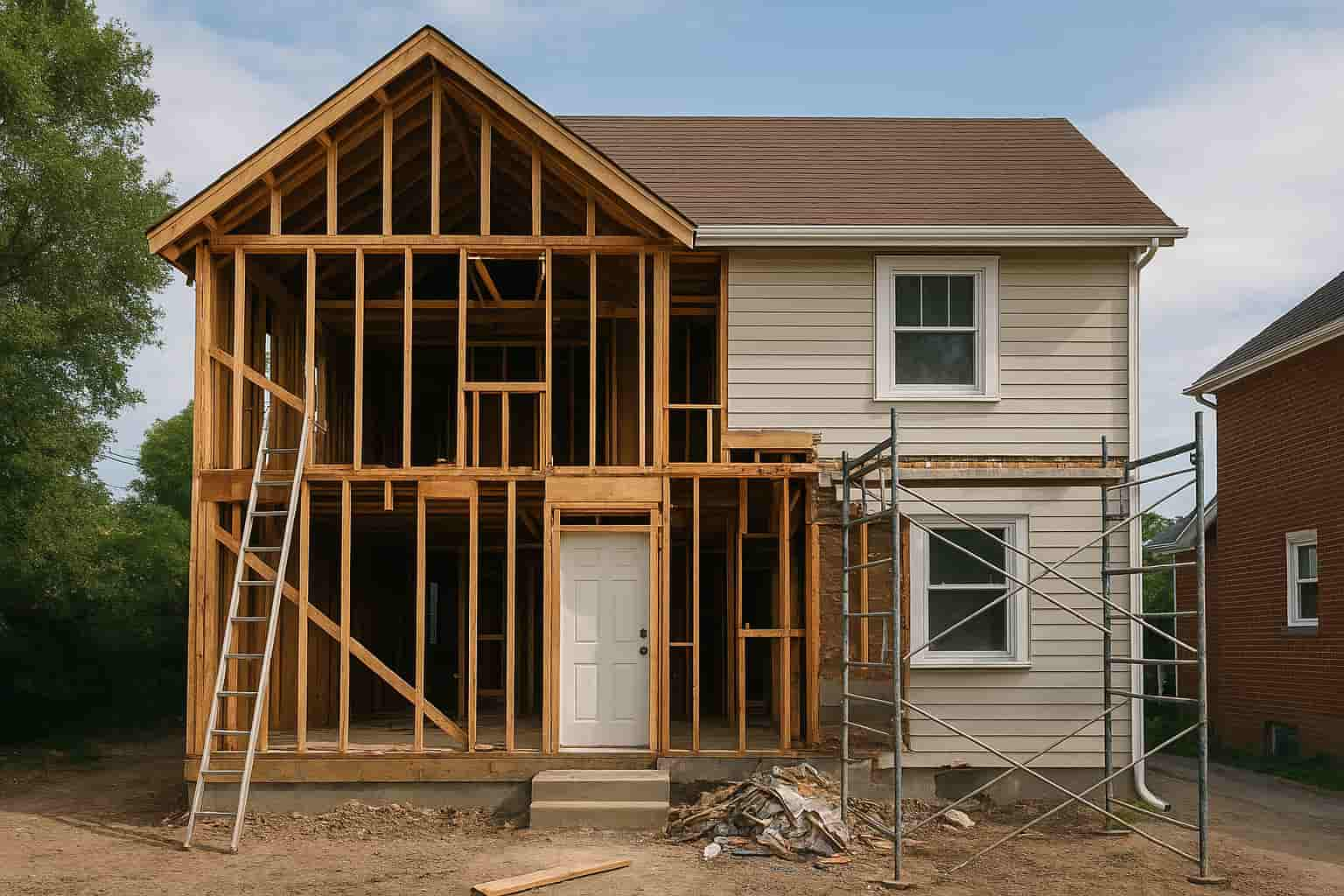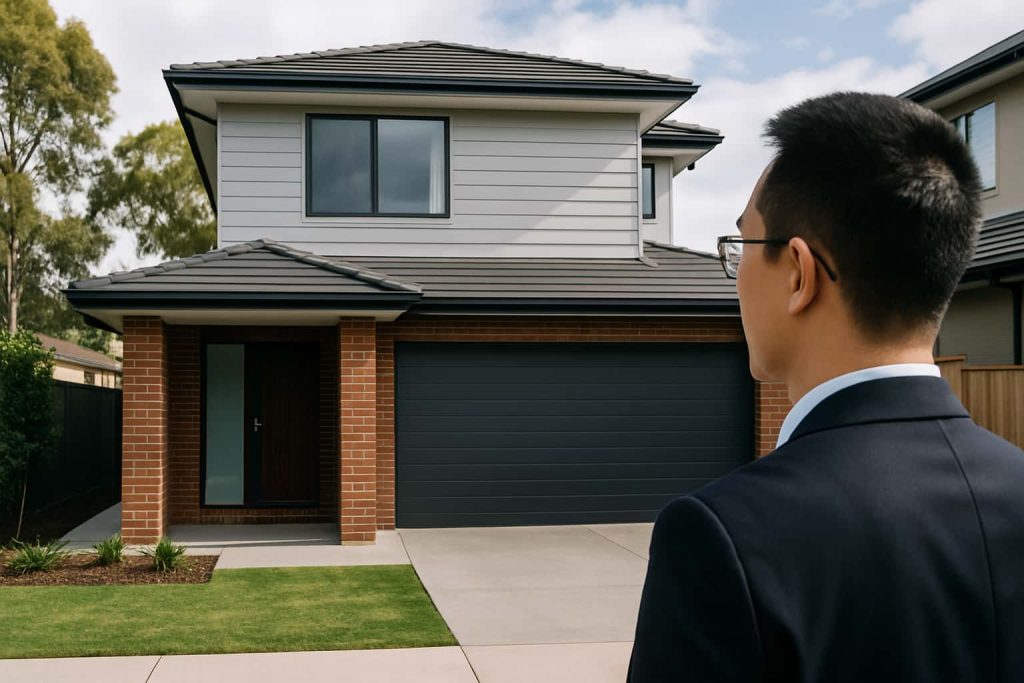Making improvements to an investment property is one of the most effective ways to strengthen returns on your venture.
Transforming a home into a more desirable place to live can lead to both higher rental yields and greater resale value. But a key decision investors must make is how far to go: opt for a light cosmetic renovation or go all-in with a complete redevelopment.
Cosmetic Renovation vs Full Redevelopment
What Renovating Involves
Renovating means updating the existing structure—think kitchen and bathroom upgrades, fresh paint, new flooring, extensions, modern fittings, and other cosmetic improvements.
What Redeveloping Involves
Redeveloping, on the other hand, involves knocking down the current property to rebuild from scratch. This could include subdividing the block or constructing multiple dwellings on the same lot.
Making the Right Investment Call
Since construction costs have surged post-COVID, choosing the right strategy is critical—missteps can be expensive and significantly affect your bottom line.
When Renovation Makes Sense
Renovation is often the best approach when the property:
- Is structurally sound
- Has a practical layout
- Sits in a location not zoned for major redevelopment
These dwellings allow you to retain the core “bones” of the home while making cost-effective visual and functional upgrades.
When Redevelopment Makes More Sense
If the land value is significantly higher than the value of the dwelling, redevelopment may provide a stronger return. This is especially true for:
- Severely outdated or poorly designed properties
- Homes with low buyer appeal that aren’t suitable for cosmetic fixes
In these cases, cosmetic work won’t fix the underlying problems or boost buyer desirability.
Ideal Conditions for Redevelopment
Redevelopment tends to be more viable in areas experiencing urban renewal—places with larger blocks or proximity to upgraded public infrastructure where councils are encouraging infill development and density growth.
Risks to Consider
Whichever upgrade path you choose, be aware of the potential risks:
- Overcapitalisation: Spending more than you’ll recoup
- Budget blowouts: Unforeseen construction cost spikes
- Extended vacancy periods: Loss of rental income during works
- Regulatory delays: Development applications and approvals can take time
Final Thought: Match Your Strategy to Your Goals
To make the best decision, evaluate:
- The structural and aesthetic state of the property
- Local zoning and planning rules
- Market demand and trends in your area
Most importantly, ensure your upgrade strategy is well-researched, backed by professional advice, and aligned with your long-term investment goals.



